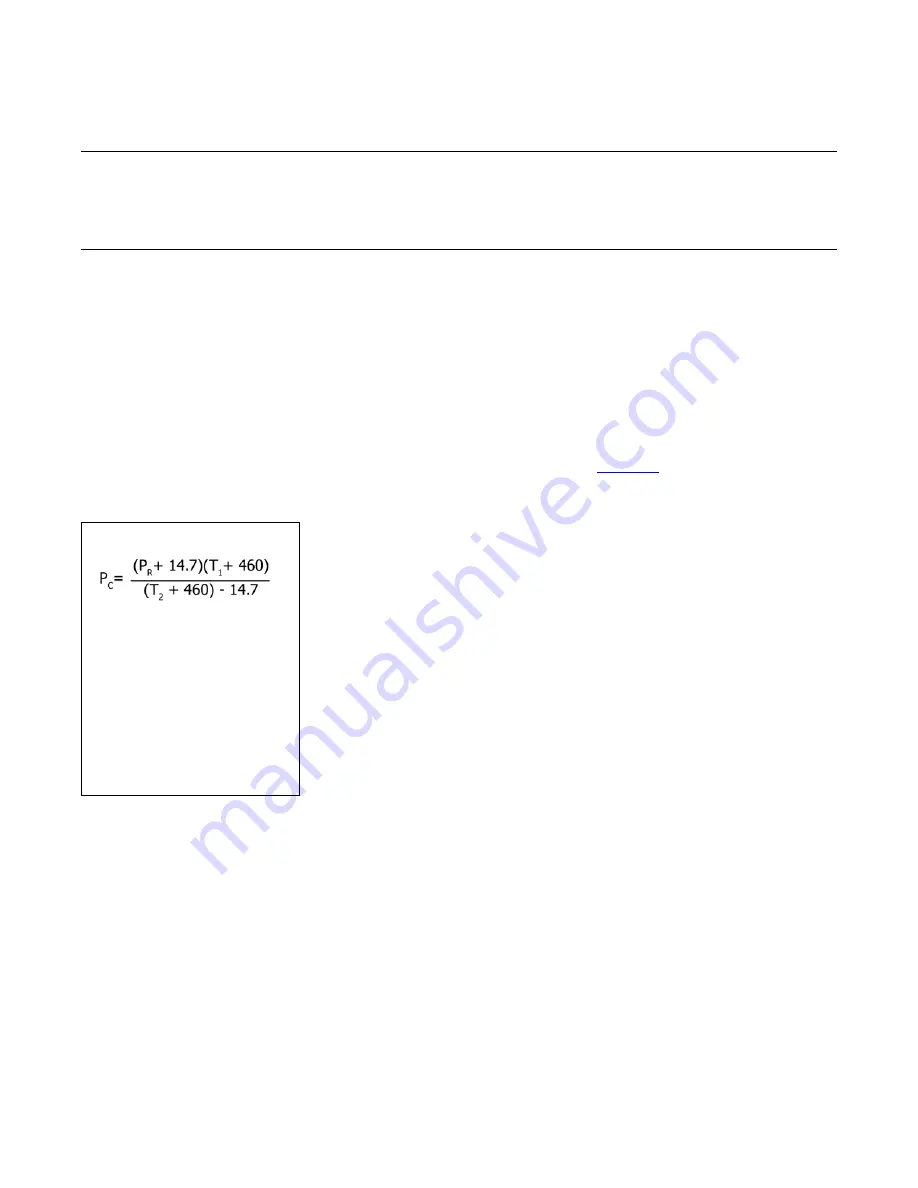
27
Startup and Operation
4
Startup and Operation
Precautions
Important
Shively Labs will not accept responsibility for antenna failure due to
operation without proper purging or positive pressure of dry air or dry
nitrogen.
Pressurization
After the antenna is installed and all lines are connected, it is necessary to
check the system for leaks, purge with dry gas (cylinder dry nitrogen or air
from a compressor-dehydrator) to remove all moisture, and leave the system
pressurized with dry gas to avoid future infiltration of moisture. These steps
must be taken before RF power is applied to the system.
CAUTION
When pressurizing the system, never use a "garage" air compressor, as
it will not clean the air and will blow both moisture and contaminants
such as oil and graphite into the coaxial system.
Test for leaks
a. Connect a source of dry gas (cylinder nitrogen or air from a compressor-
dehydrator) to the system as shown in
Figure 14
on page 28.
CAUTION
Be sure to use a good quality pressure gauge which will read accurately
in the 5 - 20 psig (35 - 135 kPa) range; don't depend on the cylinder
gauge, which will not be accurate at a low pressure.
b. Pressurize the system to seven (7) psig, then close the shutoff valve. Give
the system one half hour to stabilize, then record the pressure and the
temperature.
c. Wait twenty-four hours, then read the pressure and the temperature again
and use the pressure correction formula at left to obtain a corrected pressure
for comparison.
d. If the system loses pressure at an unacceptably high rate, re-pressurize it,
leaving the gas supply on. A rule of thumb is that the final pressure should
not be less than half the initial pressure after twenty-four hours.
e. Find the leak(s), using a leak detector or soap bubbles. (The most common
cause of leakage is an O-ring pinched in a flange.)
f. Correct any leaks that are found. Then repeat the leak test until the results
are satisfactory.
Purge the system
All pressurized Shively Labs antennas have a pressure relief valve at the top of
the feedline (center-fed feedlines have a relief valve at each end). This valve is
set to open at about 10 psig. So, to purge the system, it is not necessary to
send a worker to the top of the antenna to open a valve or loosen a flange.
Simply raise the internal pressure enough to open the relief valve. When the
purge is complete, lower the pressure and the valve will close.
When the system is new, and any time that it has been opened, it must be
purged with dry gas before operation to eliminate moisture. The dry gas used
may be dry cylinder nitrogen or air from a compressor-dehydrator.
Pressure Correction:
where P
C
= corrected
final pressure, psig
P
R
= final pressure as
read, psig
T
1
= beginning tempera-
ture, degrees F.
T
2
= final temperature,
degrees F.


























